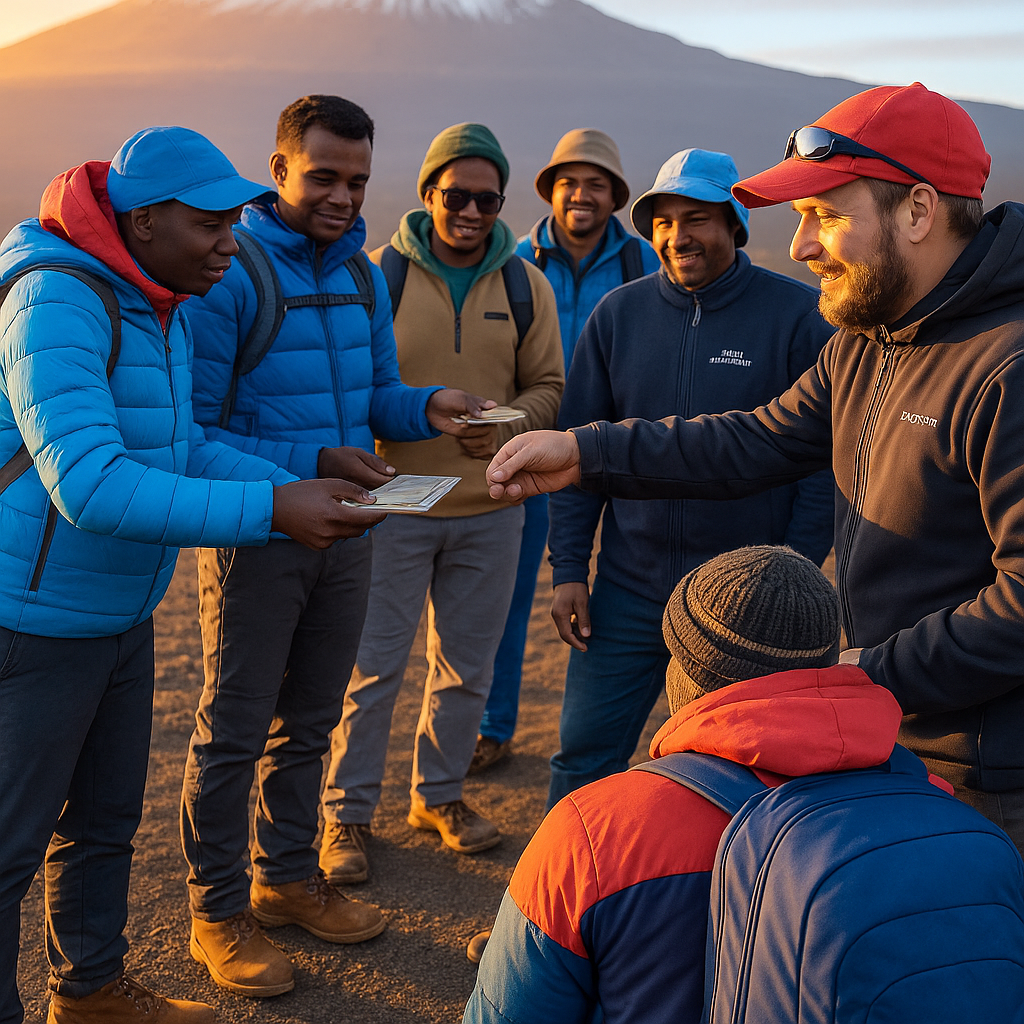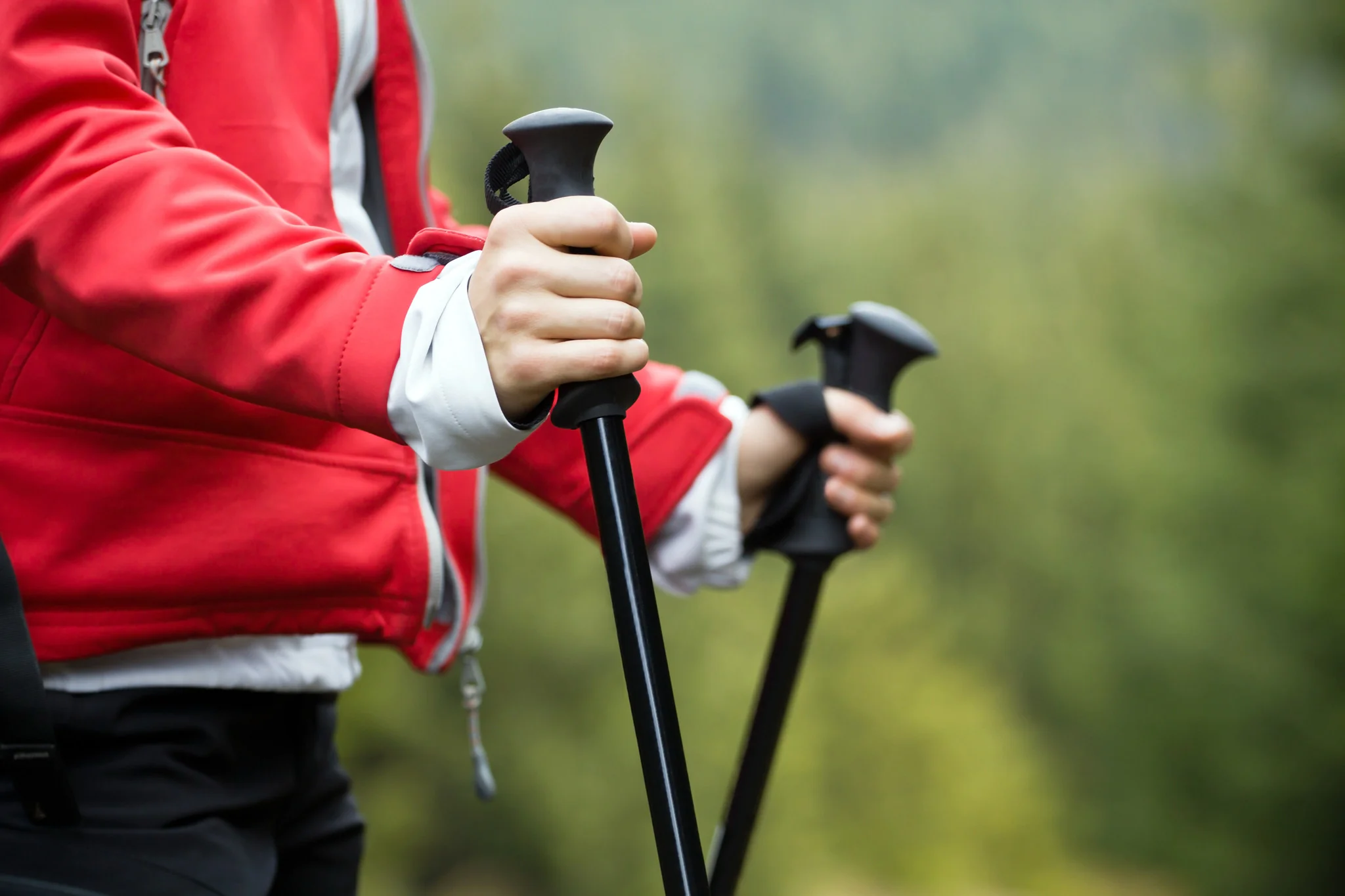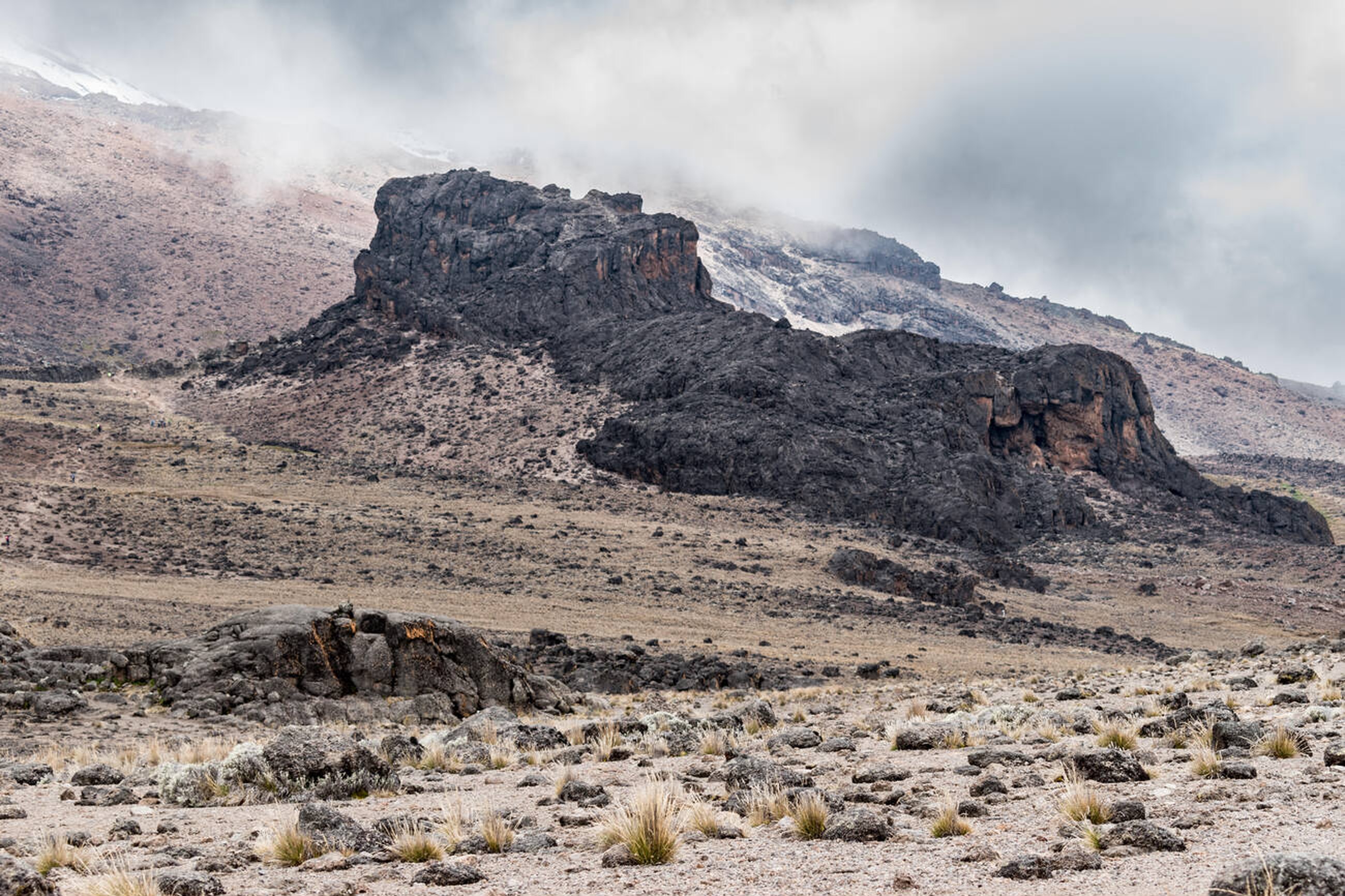Overview of Mount Kilimanjaro’s Temperatures
Mount Kilimanjaro (5,895m/19,341ft), Africa’s highest peak, offers a unique climatic journey through five distinct zones, from tropical rainforest to arctic summit. As you ascend, temperatures shift dramatically, impacting clothing, gear, and acclimatization strategies. Kilisherpas Travel, with a 95%+ summit success rate across 20,000+ ascents since 2021, provides a detailed guide to Kilimanjaro’s temperatures and how to prepare for your 2025 climb.
Kilimanjaro’s Climate Zones and Temperatures
Kilimanjaro’s diverse ecosystems create varying conditions. Below are the temperature ranges and characteristics for each zone:
1. Base of the Mountain (800–1,800m / 2,600–5,900ft): Cultivation Zone
- Climate: Tropical, warm, and humid.
- Temperature: Daytime: 20°C–30°C (68°F–86°F); Nights: 15°C–20°C (59°F–68°F), cooler in rainy seasons (Mar–May, Oct–Nov).
- Description: Lush rainforest with banana plantations and wildlife (e.g., colobus monkeys). Expect warm days and occasional rain.
- Gear Tip: Wear lightweight, moisture-wicking clothing (e.g., T-shirt, convertible hiking pants) and carry rain gear.
2. Montane Forest Zone (1,800–2,800m / 5,900–9,200ft)
- Climate: Cooler, humid forest.
- Temperature: Daytime: 10°C–25°C (50°F–77°F); Nights: 5°C–15°C (41°F–59°F).
- Description: Dense forests with moss and ferns; home to birds and small mammals.
- Gear Tip: Add a fleece layer for evenings; pack a rain jacket for sudden showers.
3. Heath and Moorland Zone (2,800–4,000m / 9,200–13,100ft)
- Climate: Cool, open terrain with temperature swings.
- Temperature: Daytime: 5°C–15°C (41°F–59°F); Nights: 0°C to -5°C (32°F–23°F).
- Description: Unique flora like giant groundsels; expansive views of Shira Plateau.
- Gear Tip: Layer with thermal base layers and a softshell jacket; use gloves and a beanie at night.
4. Alpine Desert Zone (4,000–5,000m / 13,100–16,400ft)
- Climate: Harsh, dry, with large temperature fluctuations.
- Temperature: Daytime: Up to 10°C (50°F); Nights: -10°C to 0°C (14°F–32°F).
- Description: Barren landscape with thin air; Kosovo Camp (4,900m) often used here.
- Gear Tip: Wear insulated down/synthetic jackets and waterproof pants; prepare for wind chill.
5. Arctic Summit Zone (Above 5,000m / 16,400ft)
- Climate: Extreme cold, windy, low oxygen.
- Temperature: Daytime: -5°C to 0°C (23°F–32°F); Nights: -7°C to -29°C (20°F to -20°F).
- Description: Icy summit with glaciers; summit night to Uhuru Peak is toughest.
- Gear Tip: Full layering system (see Summit Night Packing Guide); balaclava, mittens, and goggles essential.
Key Considerations for Climbing Kilimanjaro
Layering
- Why: Temperatures vary by 30°C+ daily across zones. Layers allow quick adjustments.
- How: Use moisture-wicking base layers, insulating mid-layers (fleece/thermal), and waterproof/insulated outer layers. Remove/add as needed.
- Example: On summit night, wear compression top, thermal top, fleece, down jacket, and waterproof shell.
Acclimatization
- Why: Rapid temperature and altitude changes increase AMS risk (headaches, nausea).
- How: Choose longer routes (e.g., 8-day Lemosho) with gradual ascents. Kosovo Camp (4,900m) reduces summit night strain (see Kosovo Camp Advantage).
- Tip: Stay hydrated (3–4L/day); Kilisherpas monitors health twice daily.
Weather Variability
- Why: Sudden rain, snow, or wind is common, especially above 4,000m.
- How: Pack rain gear (jacket, pants) and windproof layers daily. Test all gear on practice hikes (see Training Guide).
- Seasons:
- Dry Seasons: June–October (cooler), December–February (hotter); ideal for clear skies.
- Rainy Seasons: March–May, October–November; wetter but less crowded.
Packing Tips for Temperature Extremes
- Base Layers: Moisture-wicking tops/leggings (e.g., Smartwool).
- Mid-Layers: Fleece or softshell jacket (e.g., Patagonia R1).
- Outer Layers: Waterproof jacket/pants, insulated down jacket (rent via Kilisherpas for $65).
- Accessories: Balaclava, thermal gloves, ski mittens, polarized sunglasses, SPF 50+ sunscreen/lip balm.
- Footwear: Broken-in, waterproof boots with thermal socks and liners (see Summit Night Guide).
- Rentals: Kilisherpas offers sleeping bags, jackets, and poles for budget travelers.
Why Climb with Kilisherpas Travel?
- Expert Itineraries: 8-day Lemosho with Kosovo Camp for optimal temperature management and acclimatization.
- Safety: WFR-certified guides, oxygen, and helicopter evacuation partnerships.
- Gear Support: Rentals and pre-trip packing consultations.
Ready to Tackle Kilimanjaro’s Temperatures?
From tropical base to arctic summit, Kilimanjaro’s climates demand smart preparation. Kilisherpas Travel ensures your climb is safe and comfortable. Book now, download our Packing List, or explore our hiking tours.


